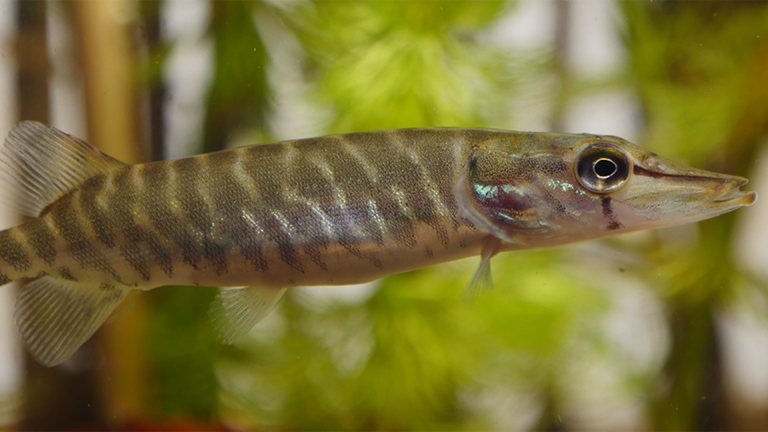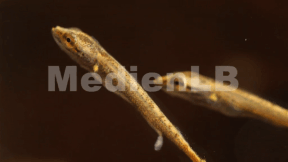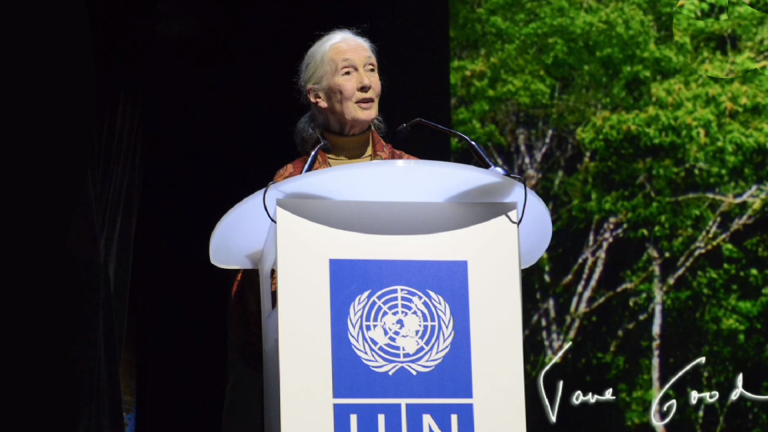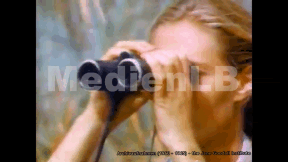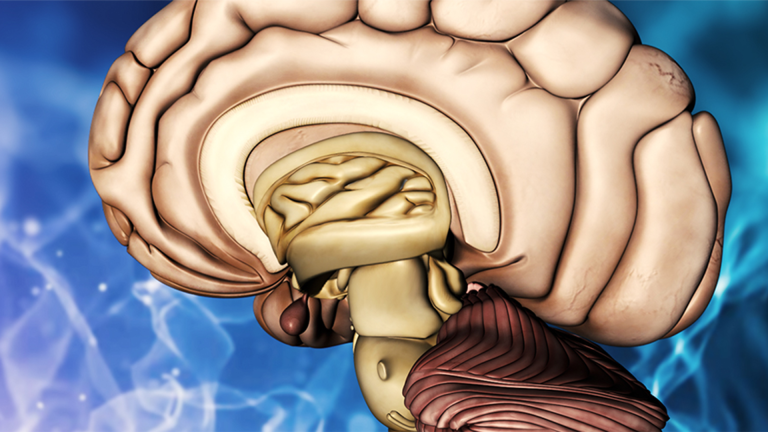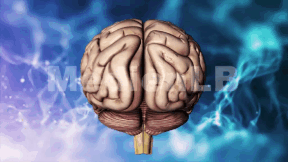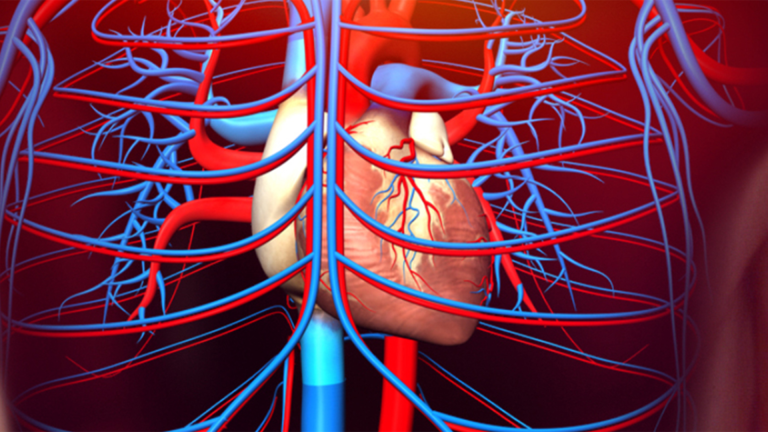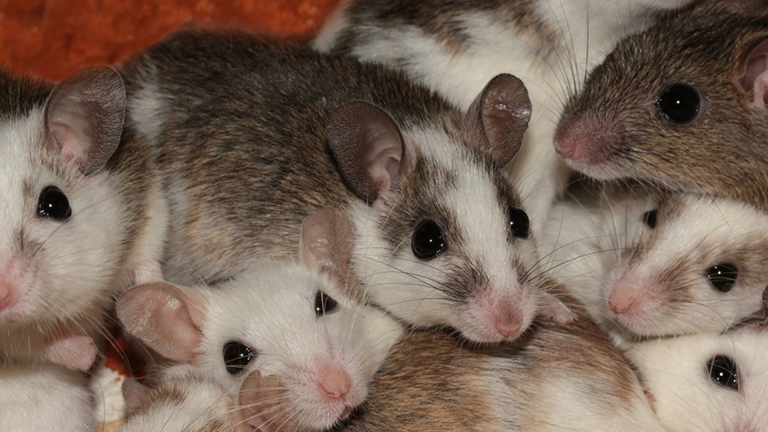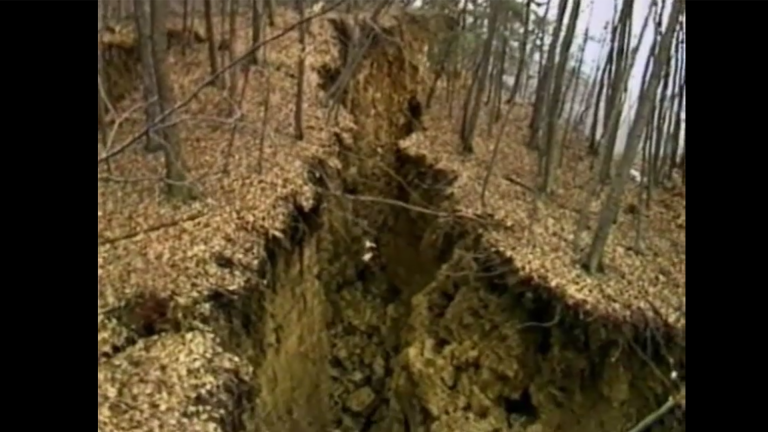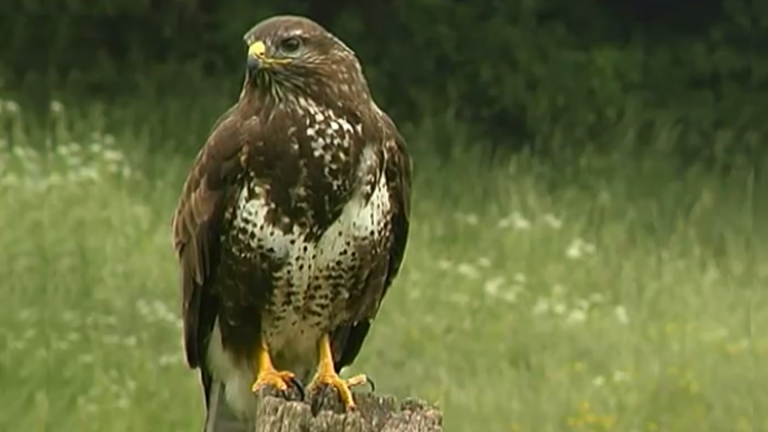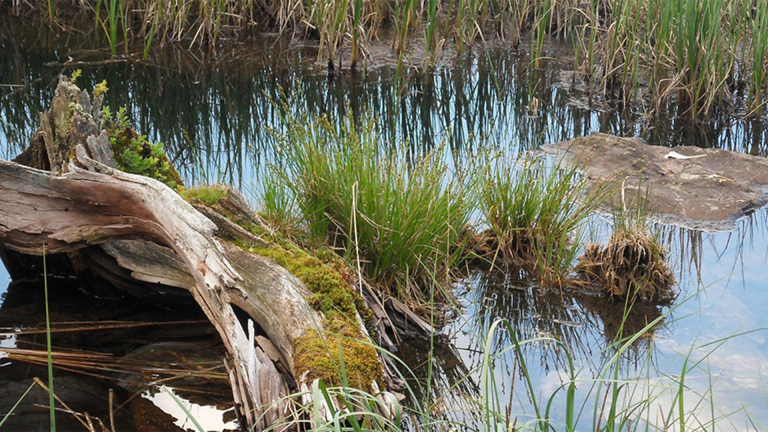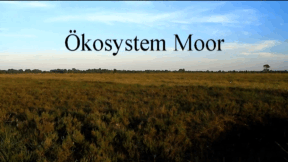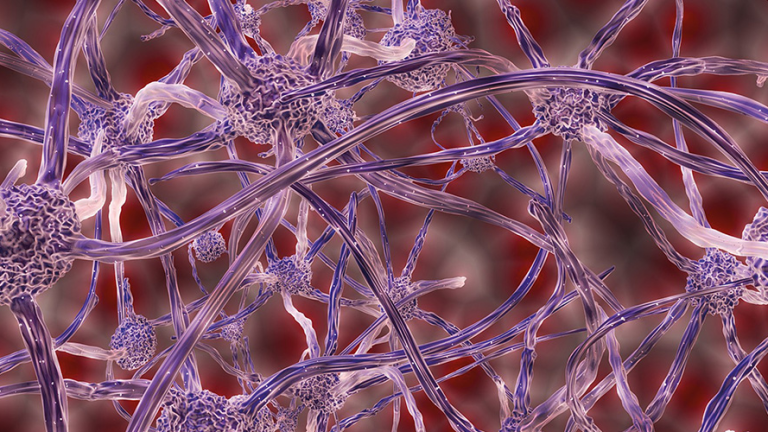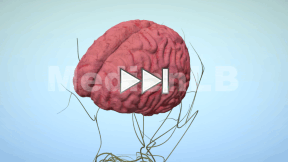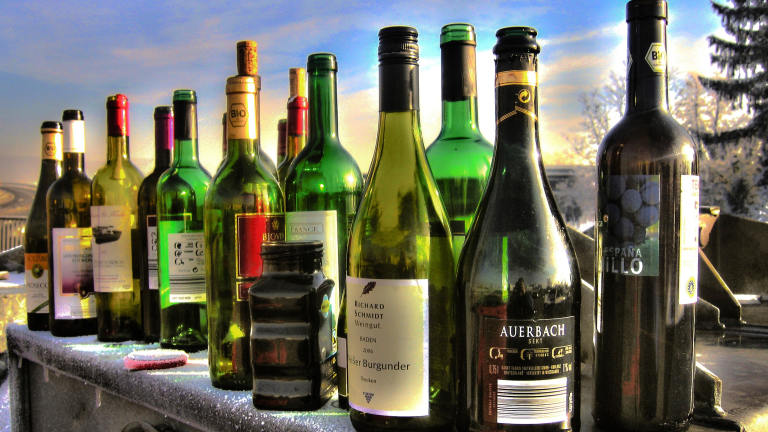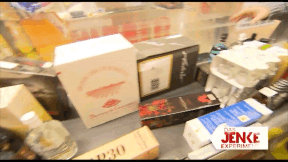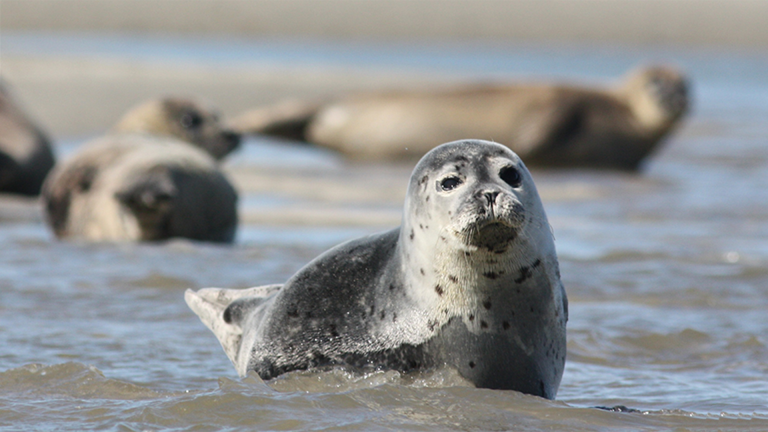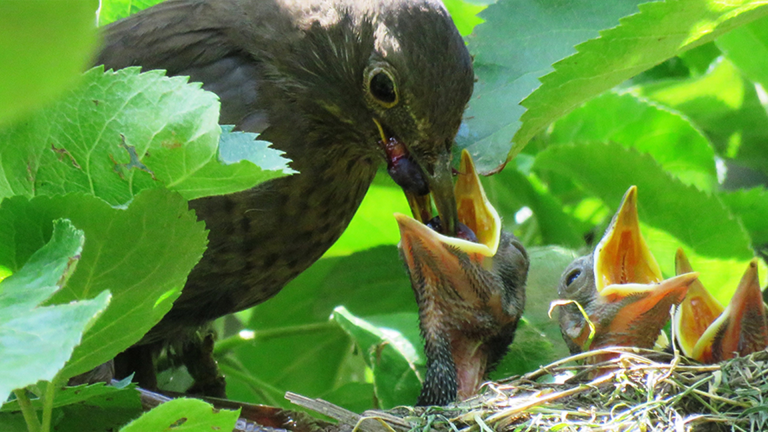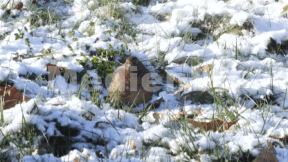Suche:
- # Artistry
- # Biology
- # Chemistry
- # Ecological
- # Economy
- # English
- # Foreign Language
- # Geography
- # German
- # Health
- # History
- # Informatik
- # Latin
- # Mathematics
- # Media Education
- # Music
- # Physics
- # Politics / Civics
- # Preschool
- # Primary School
- # Religion
- # Society
- # Sports
- # Technology
- # Training of Teachers
- # Vocational Education
Hecht
Der Hecht ist Fisch des Jahres 2016. Er ist einer unserer größten heimischen Raubfische. Sein Maul ist mit messerscharfen Zähnen gespickt.
Learn moreJane Goodall
Jane Goodall is considered a pioneer among behavioral scientists in the world of chimpanzees. At the age of only 26, she began her work as a scientist in Tanzania, East Africa, in early 1960. She lives with free-ranging chimpanzees and provides insights into their social behavior and abilities. As founder of the Jane Goodall Institute, she has worked since 1986 to raise awareness and sustainability regarding the coexistence of humans, animals and the environment. The film provides insights into the life and work of Jane Goodall.
Learn moreHuman Brain
Every organism, no matter whether it is an earthworm, a snail, a fish or a human being, takes in information from the environment through differently structured sensory organs. This was absorbed first by a diffusely organised nervous system, which, in the course of evolution, has been replaced by a hierarchically organised one. Eventually a controlling centre has developed that interconnects and coordinates the nerve impulses supplied by receptors, reacts appropriately and is called the brain. In more highly developed organisms a part of the body has developed into a head, in parallel to the development of the brain.
Learn moreMice, Small Rodents
Mice are found almost everywhere. The small agile rodents live in forests, meadows and fields but also in our very midst. They have long or short tails, big or small ears. Even if they differ on the outside, all of them have one thing in common: sharp incisors with which they gnaw their way through life. Not every animal called “mouse“, counts among the ”true mice“. The white-toothed shrew, a small, grey-coloured animal, is often found in settlement areas. Outwardly it looks very similar to a true mouse, its frenzied behaviour reminds of mice, too. Shrews, however, are not rodents but carnivores with sharp little teeth, which feed on worms, woodlice, insect larvae and other invertebrates. They are more closely related to the hedgehog or the mole than to mice.
Learn moreSuccession
At the Hirschkopf near Mössingen, on April 13, 1983, 700,000 truckloads of rock slid down into the valley – a “biological ground zero” was created. After more than 20 years, the slide area has developed from a hostile scree desert devoid of humus into an ecological treasure and was included in the UNESCO list of national geotopes. This DVD gives an insight into the principles of natural balance and shows symbioses as well as the fight for survival in flora and fauna. This example enables the pupils to directly experience a succession – the resettlement of a biotope – over the course of twenty years. Diverse pictures and rare close-ups offer the pupils a new approach to the indigenous flora and fauna. This DVD is divided into six chronological chapters that can be accessed individually via the menu. Moreover, it offers additional pictures and extensive accompanying material to allow a more detailed discussion of the topic at school.
Learn moreThe Common Buzzard
The common buzzard is a well-known native bird of prey. You can often see it flying above fields or sitting by the roadside. But what are the typical characteristics and behaviour patterns of the common buzzard? The film covers the biological classification of the common buzzard, its characteristics and behaviour. The origin of its name is explained just as the classic characteristics, by means of which the common buzzard can be identified. We can see the common buzzard in its natural habitat, learn something about its hunting methods and its prey. Spectacular pictures show carrion crows and magpies, which “mob” the common buzzard as a direct rival for food. The hunter becomes the hunted. The reproduction of the common buzzard is covered, too. We observe the buzzard couple during nest-building and breeding. We accompany the chicks when they train their flight muscles and make their first attempts at flying. Together with the comprehensive accompanying material, this medium is perfectly suitable to get to know and appreciate our native common buzzard!
Learn moreEcosystem Bog
Bogs are rough, sparse and inaccessible regions, neither water nor land. This applies in particular to raised bogs. One wrong step in this soaking wilderness might be fatal. How a bog is formed was unknown to people for thousands of years. After the last ice age, that is about 10,000 years ago, bog formation began. Enormous amounts of water were released as a consequence of the melting of the ice shields.
Learn moreNeuronen
Was wir fühlen, wie wir reagieren, das wird gesteuert durch die Nervenbahnen unseres Gehirns. In dem Film wird das Nervensystem dargestellt und der Aufbau der einzelnen Nervenzellen erläutert. Welche Übertragungswege ein Reiz nimmt und auf welchen Wegen eine Reaktion ausgelöst wird, wird in anschaulichen Grafiken gezeigt.
Learn moreAlkohol
Jenke von Wilmsdorff startet ein Experiment, das ihn an seine Grenzen bringen soll. Er trinkt über einen langen Zeitraum täglich exzessiv Alkohol und will herausfinden, was die „Volksdroge Nummer 1“ mit ihm macht.
Learn moreSeals
Seals belong to the group of water-living mammals. Unlike whales and manatees, which have completely switched to aquatic life, seals lead a life both in the water and on land. This makes these animals special.
Learn moreBlackbirds
The blackbird is one of our most common and best-known songbirds. The nice thing about the blackbird is that it cannot be confused with many other bird species.
Learn more



